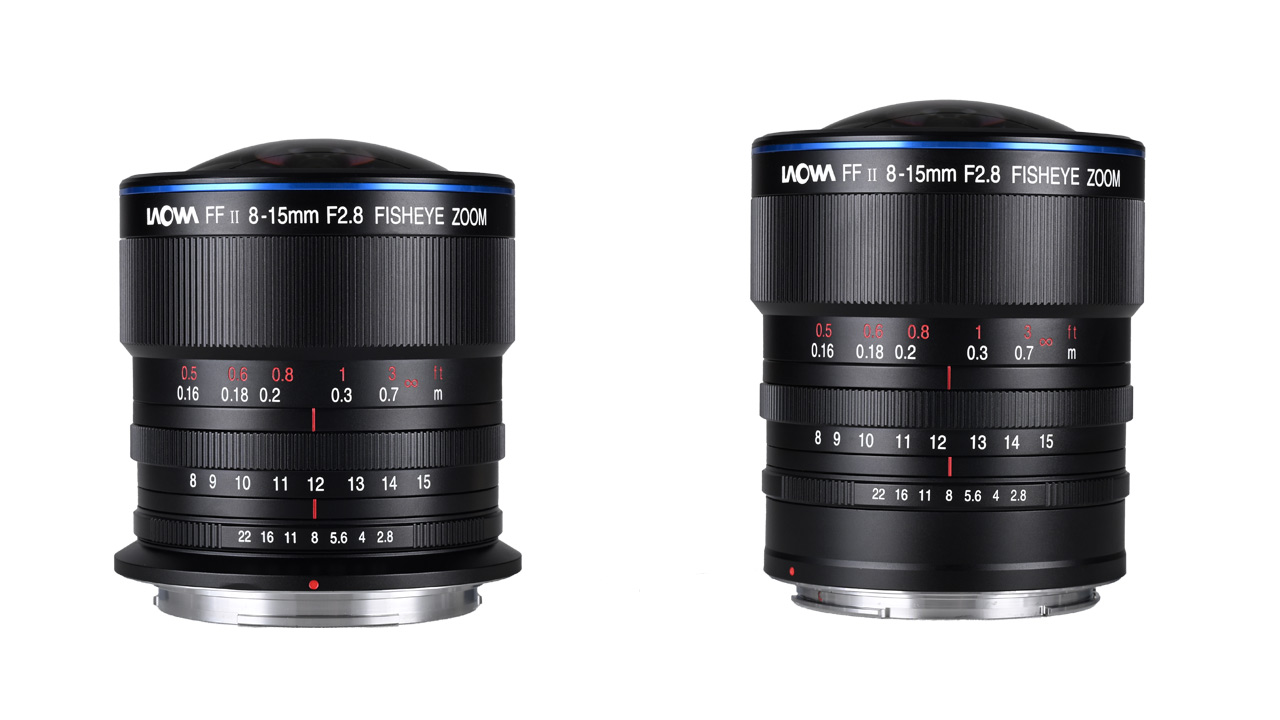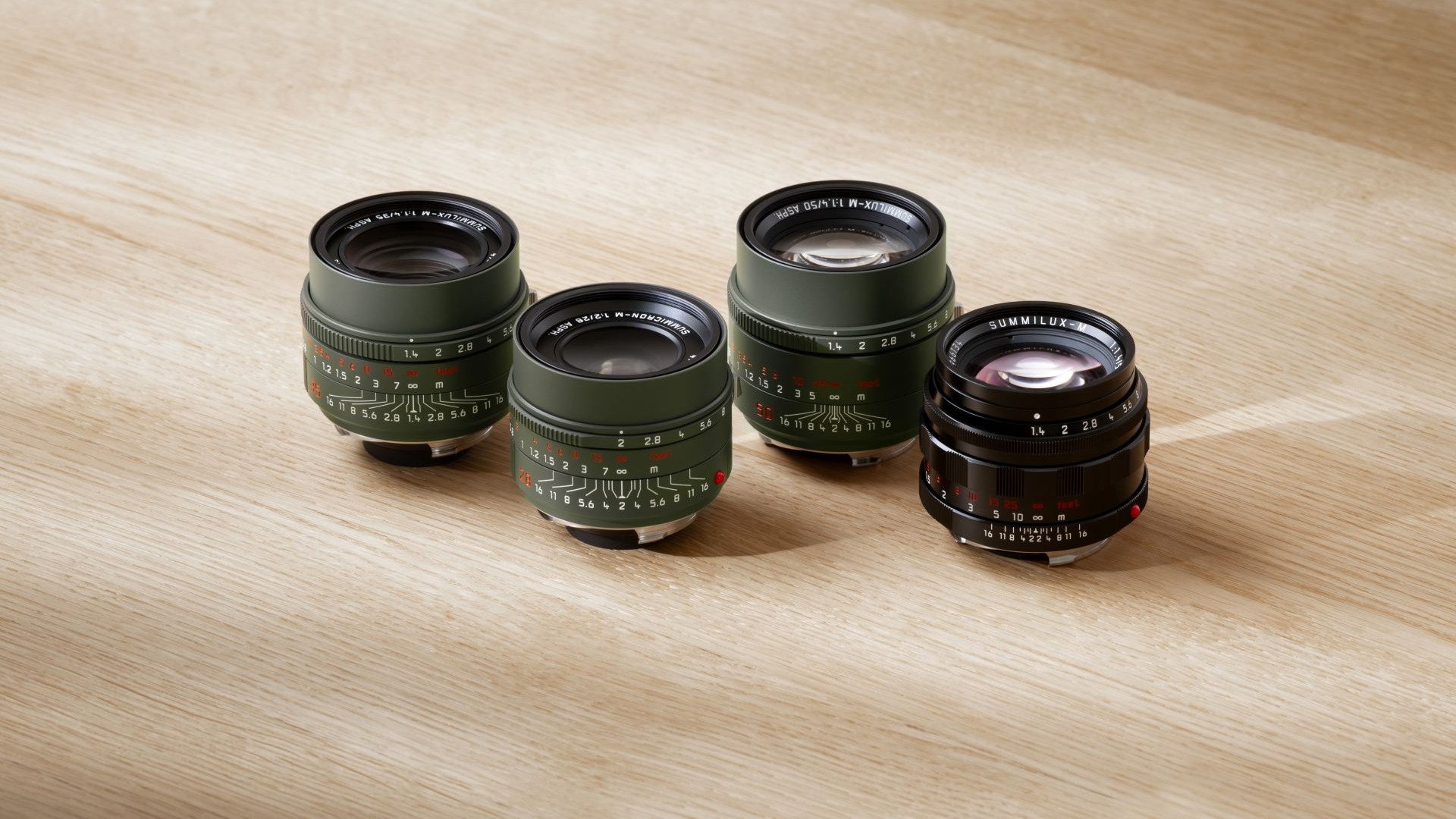Hey there, future videographers! Welcome to Pronews, your go-to channel for beginner-friendly tips and advice on video creation. Today, we’re diving into the basics of video to help you get started on your filmmaking journey. Whether you’re using a smartphone or a fancy camera, we’ve got you covered. Let’s roll!

Essential Gear Basics for Video
First things first, let’s talk gear. To make videos, you need a camera. You can use your smartphone or consider a dedicated camera like a DSLR or mirrorless. These cameras offer more control.
Lenses are like magic glasses for your camera. They change how your video looks. Wider lenses capture more, while zoom lenses get you close to the action. Remember, the focal length of your lens is crucial. A lower focal length, like 24mm, gives you a wider view, perfect for landscapes and vlogs. Higher focal lengths, like 50mm or 85mm, are great for portraits and getting that beautiful background blur, also known as “bokeh.”
Now, let’s talk about ND filters. An ND filter is like sunglasses for your camera. It reduces the amount of light entering the lens, allowing you to use wider apertures and slower shutter speeds in bright conditions. We’ll come back to why ND filters are important in a moment.
Let’s talk sound. Good audio is a must! Built-in mics are okay, but for better quality, use an external microphone. Clip it to your subject for clear sound.
If you’re recording audio separately, sync it later in editing using claps or a slate (like they do in movies).
Camera Settings basics for video
Aperture controls how much light gets in. A lower number like f/1.8 lets in more light and blurs the background, perfect for achieving that cinematic look. On the other hand, a higher number like f/16 keeps everything sharp.
Shutter speed is all about motion, and it’s closely tied to frame rate. The 180-degree rule is a golden rule for achieving natural-looking motion in your videos. If you’re shooting at 24 frames per second (fps), your shutter speed should be roughly 1/50 seconds. This creates a slight motion blur, similar to what our eyes naturally perceive.
Now, let’s go back to ND filters. They are crucial when you want to maintain the 180-degree rule. In bright daylight, without an ND filter, your camera might need a fast shutter speed to avoid overexposure. But that can make your video look choppy. So, use an ND filter to cut down on the light, allowing you to keep that ideal 1/50-second shutter speed even in bright conditions.
And there you have it, folks! The basics of videography in a nutshell. Remember, practice makes perfect. So grab your gear, hit record, and have fun!
If you found this article helpful, give it a thumbs up, leave your questions in the comments, and subscribe to Pronews for more beginner-friendly videography tips. Happy shooting, and if you want to know more about the basics of photography, then click right here!













